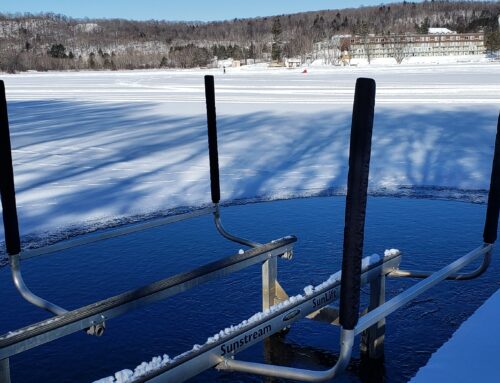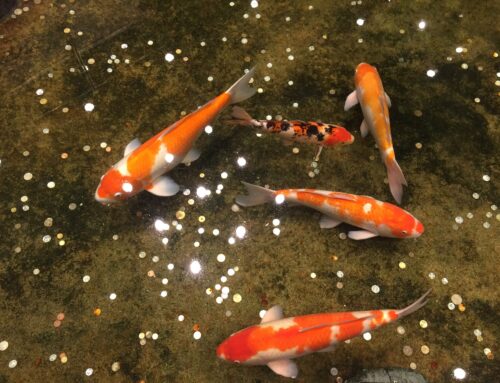Summer fish kills can be a sign that your pond is not accommodating that species. Read further and discover what are the right fish for your pond.

Pond Size and Depth
Ponds ranging in size from ¼ acre to several acres can provide a satisfactory sport fishing habitat for certain species. Ponds less than ¼ acre in size will not provide adequate amounts of natural food or enough cover to support a healthy sport fish population. The choice of Pond depth depends on the climatic conditions. In areas where freezing weather is common ponds must be deeper in order to help avoid the possibility of Winterkill. At least 1/3 of the pond should have a depth of 6 feet or more. Ponds also used for irrigation, livestock watering and other high consumption uses, or those with intermittent water sources and high evaporation rates, should definitely be deeper than 6 feet. Although shallow water areas can serve as spawning and nursery sites for sport fish, they readily become weed-choked which creates a number of problems for a small contained environment like a pond. To prevent excessive growth of nuisance water plants, shallow areas should be more than 2 feet deep.




Water Temperature = Fish Survival
Water temperature plays a critical role in determining what kinds of sport fish will survive in a particular pond. In general, freshwater fish can be separated into three groups based on temperature preferences. Coldwater species, which include brown trout, brook trout, and rainbow trout, thrive at higher altitudes or in colder climates where the average surface water temperature is below 70°F (21°C) during the warmest months of the year. Warm water fish such as Largemouth Bass, Bluegill sunfish, and Channel catfish can survive at water temperatures of 90°F (32°C) or higher and are almost never killed by high water temperatures alone. Cool water fish, which prefer an intermediate temperature range of 70° to 80°F, include Smallmouth bass, Rock bass, Walleye, Northern Pike, and Pickerel. It is extremely important to match water temperature and the fish species to be stocked.
Author: L.A. Helfrich, Extension Fisheries Specialist;
and B.R. Murphy, Professor of Fisheries Management,
Virginia Tech






